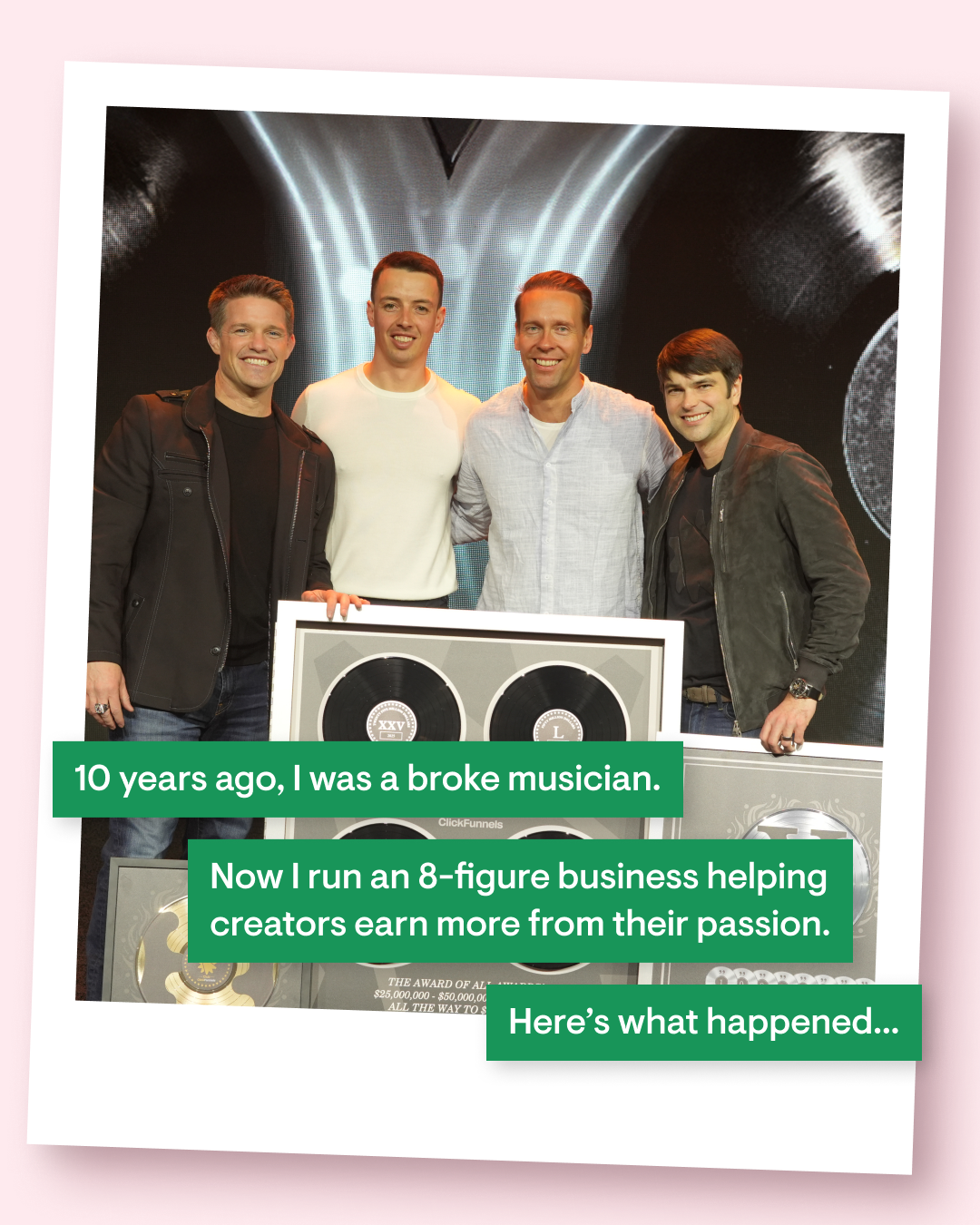If you wanted to build an app 8 years ago, chances are you’d need to hire an expensive developer or learn how to code. Both of these options are big drains on your money and your time.
But in the last few years, we’ve seen the rise of the no-code, app builders. These platforms offer business owners and individuals the chance to create their own apps in a fraction of the time.
They use a pre-existing framework and widgets to allow users to move features and images around an empty app and create as they see fit.
These drag-and-drop app builders are great for people building their first mobile app and need a helping hand to get their vision off the ground.
Drag-and-drop app builder - advantages
There are many advantages to using drag-and-drop app builders that go beyond simply not having to write a line of code.
Drag-and-drop app-building platforms are powerful tools that can help you scale your business quickly and cheaply. We’ve listed the main advantages below:
1. No development team
Unlike traditional app development that requires you to work with a development agency or freelancer, app-building platforms let you get hands-on and create an app yourself.
This means you have 100% control over your vision. You don’t need to brief a team or work with people who might not share your passion for your app. Bringing a lot of other people in on your idea can also lead to conflict and other team members trying to stamp their own mark on your product.
Building an app yourself avoids this issue.
2. Quicker than a development team
Using an app builder also means you won’t have to wait whilst an external team builds something for you. You can set your own deadlines and work at your own pace.
Communication is the biggest drain on your time when working with external developers. Briefs and revisions can eat away at your productivity and cause a simple project to become a nightmare.
3. Cheaper than a development team
The average cost of a simple app can climb into the tens of thousands! And that price doesn’t include continued maintenance and updates.
Freelancers and development teams are out of reach for most startups.
But you can get around this financial block by using an app-building platform.
Most drag-and-drop app builders have several feature-based pricing bands for users. So you have the flexibility to choose a price that works for you. A subscription to an app builder platform can be in the range of $80-$5000 a month.
4. Easy-to-grasp user interface
Drag-and-drop app builders are easy to learn and even easier to master. They are built for beginner app developers so are geared toward people with little technical knowledge. This makes them super intuitive and easy to use.
5. Subscription models over constant support
Most drag-and-drop app development platforms operate on a subscription basis. This means you pay monthly to use their platform. This also gives you access to their support team and platform updates for no extra cost.
If you’ve hired a development team or freelancer each app update or support ticket could cost you extra.
Drag-and-drop app builders - Disadvantages
There are some disadvantages to drag-and-drop app builders.
They can be temperamental if you don't stay on top of your admin and when you're the only person working on the app builder, you've got no one to turn to if things break.
1. The builder can be limiting
Using an app platform doesn’t give you the flexibility of working with an app development team.
A developer can build you a bespoke app from scratch. They aren’t constrained by the limitations of the drag-and-drop tools. This is really useful if you have a very complex app that needs a lot of unique features.
The easy solution to this problem is to research the right app builder platform for you.
Most drag-and-drop app builders focus on serving one niche or business type. If you find an app platform that is designed for your business model you’ll find that the builder isn’t limiting but liberating.
Say, for example, you want to build a mobile app. It’d make sense to use Passion.io. We’ve created a drag-and-drop builder for this very purpose so all our features are geared toward making an amazing app for coaches, creators, and busy entrepreneurs.
2. No one will help you market your app
Using a no-code app builder is a solo mission. When you partner with app agencies they will often factor app marketing and promotion into their fee. Or at least mention it to you when they produce a roadmap for your app.
If you’re happy to do your own marketing, then this isn’t a problem. But if the thought of scheduling Facebook ads, email marketing, and ASO sends a cold shiver down your spine it might be worth investing in a professional.
What does a drag-and-drop app builder look like in action?
Drag-and-drop app builders are powerful tools that let you select a template for your app and use tried and tested frameworks to ensure your content is successful.
You have full control over how you label and arrange your content. You can decide how your users interact with and remember your lessons.
Our platform is a powerful drag-and-drop, app creator tool and it could be the perfect solution for your business needs. If you want to see an in-depth look at the passio.io suite of tools you can watch the video here.
Where did drag-and-drop app builders come from?
The advent of the internet was the key spark that ignited the drag-and-drop revolution. Instant communication and knowledge sharing broke down the traditional boundaries people faced when collaborating.
With ideas being shared across continents and countries so rapidly, creative people needed quicker ways to get their ideas off the ground. No longer could industrious individuals wait days for a development team to deliver the first draft of an idea. People wanted to see the result fast, and they wanted to see their vision actualized in front of them.
Enter technology. Chasing the internet was a myriad of SaaS companies (Software as a Service), all looking to help savvy entrepreneurs on a budget, who were willing to roll their sleeves up and build their products themselves.
Fast forward to today, and there are thousands of drag-and-drop SaaS companies, all helping businesses, entrepreneurs and individuals visualize and build their ideas.
Where did drag-and-drop building begin?
Before WordPress in 2003, if you wanted a website you needed to build it yourself. Or pay someone quite a lot of money to do that for you.
WordPress exploded onto the scene in 2003 and was the first tool you could use to build a website with 0 coding skills.
It wasn’t quite drag-and-drop, like some of its competitors now, but it was the first step towards moving to development by dragging and not writing hundreds of lines of code.
Throw Shopify into the mix, which landed a year later, and you can see how the world was gearing itself toward more streamlined, automated ways of working.
After WordPress, the cat was out of the bag. Every software company under the sun was looking for ways to make people’s lives easier when it came to developing a business online.
Zapier, for example, was created to link different no-code, drag-and-drop platforms together.
There was software being built to make the software that had been built even easier.
As this trend continued, it led to more and more tools, platforms, and services being developed. Each specializes in solving a specific problem for consumers. Whether that’s building a website, creating an app, or designing a poster.
So, are there too many drag-and-drop app builders and platforms? Has all the demand and competition led to a decrease in quality as ambitious software companies try to cash in and make a quick buck?
We don’t think so. It's true there are some less-than-stellar products out there, but overall the increased competition has increased the standard of products on offer. It’s also seen companies go very niche in regard to what their drag-and-drop tools do.
If you’re in the market for a drag-and-drop platform today, there’s a wealth of different companies to choose from.
With thorough research and a good understanding of the functionality you need from your app builder, you will be able to find the perfect product to fit your needs.














